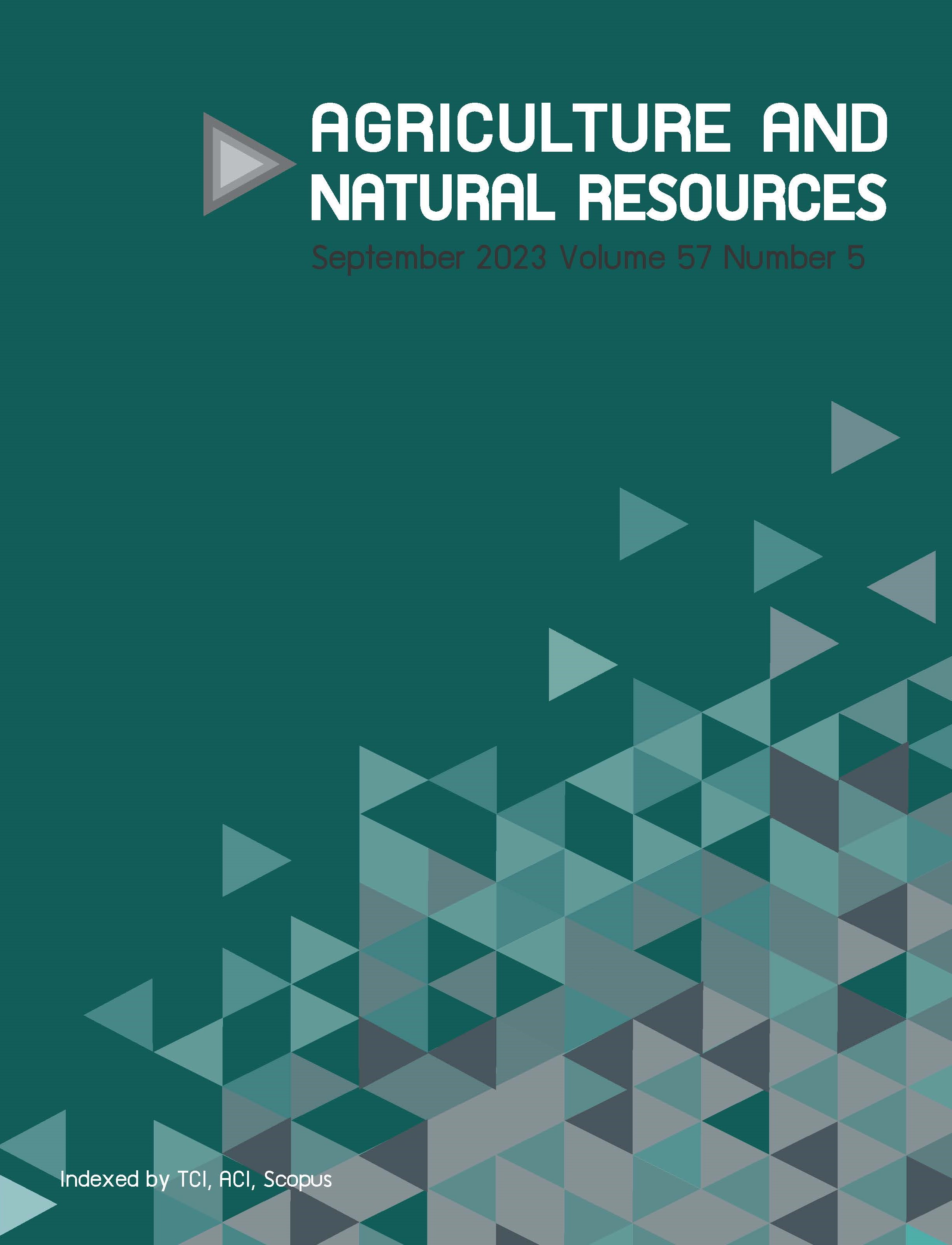Habitat suitability modeling of Acropora spp. distribution in Coral Triangle area of Maluku Waters, Indonesia under influence of future climate change and coastal pollution
Keywords:
Acropora spp., Coral reef conservation, Habitat degradation, MaxEnt, Projection modelAbstract
Importance of the work: The sustainability of coral reefs in the Maluku Waters, Indonesia is threatened by future coastal pollution and climate change. Thus, it is crucial to develop a mapping projection model as a baseline for conservation policies.
Objectives: To develop a habitat suitability prediction model for coral reefs in 2050, considering climate change scenarios and the cumulative impacts of water pollution.
Materials & Methods: The model utilized the habitat data of Acropora spp. from the Ocean Biodiversity Information System database and projected them using the maximum entropy algorithm (MaxEnt) based on environmental factors (temperature, salinity, current, chlorophyll, particulate organic carbon, particulate inorganic carbon, nitrate, phosphate and ultraviolet penetration).
Results: The study revealed a significant decline in spatial areas with high habitat suitability, decreasing from approximately 3,661 km² to only 64–226 km² in 2050 under the representative concentration pathway (RCP) scenarios 2.6, 6.0 and 8.5 Inter-governmental Panel on Climate Change AR5 projections. Chlorophyll concentration, an indicator of coastal pollution, had the highest correspondence with optimal coral habitat, followed by temperature and salinity.
Main finding: Besides contributing to international carbon emission reduction efforts, reducing coastal water pollution runoff is crucial for supporting the long-term sustainability of coral reefs, as indicated by the model’s findings. This is due to the destructive effects of water pollution and future climate change. Policy adjustments and local wisdom are essential for conserving coral
reef ecosystems.
Downloads
Published
How to Cite
Issue
Section
License
Copyright (c) 2023 Kasetsart Universityonline 2452-316X print 2468-1458/Copyright © 2022. This is an open access article under the CC BY-NC-ND license (http://creativecommons.org/licenses/by-nc-nd/4.0/),
production and hosting by Kasetsart University of Research and Development Institute on behalf of Kasetsart University.







